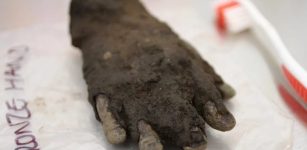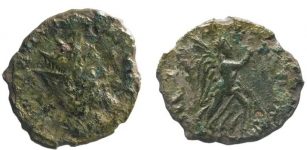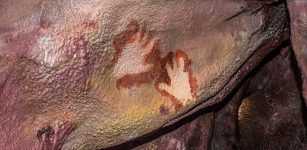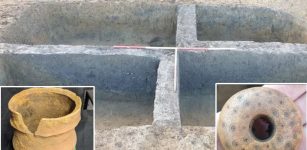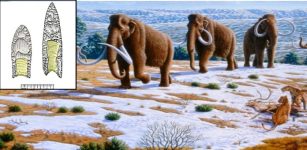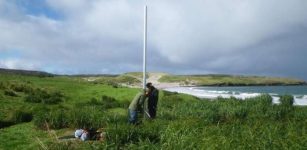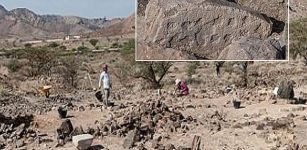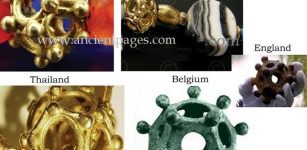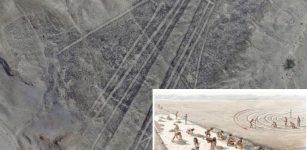DNA Identifies Historical Remains Of George Washington’s Relatives
Conny Waters - AncientPages.com - According to recent scientific findings, new DNA sequencing technologies have successfully identified the historical remains of George Washington's grandnephews - Samuel Walter Washington and George Steptoe Washington Jr., and their mother, Lucy Payne Washington.
The study was based on unmarked and fragmented bones discovered at the Harewood family cemetery in Charles Town, West Virginia, dating back to the mid-1800s.
Besides facilitating the reunion and potential reburial of the unidentified remains, the researchers also intend to use these proven DNA analysis techniques in their continuous mission to identify lost service members from global conflicts dating back to World War II.
"This particular case gave us an opportunity to test methods for extended kinship prediction that we developed using a set of known, degraded DNA samples needing identity confirmation," says senior author Charla Marshall, Deputy Director of DoD DNA Operations. "Our laboratory is currently validating these novel methods to be used in routine casework."
To validate the presumed identities of the unearthed remains, a series of DNA tests were conducted. These tests compared the DNA from the remains with that of a living relative, S.W. Washington. The techniques used encompassed Y chromosome DNA analysis for paternal lineage determination, mitochondrial DNA sequencing for maternal lineage verification, and an innovative method to scrutinize next-generation sequencing (NGS) data. This included around 95,000 nuclear single-nucleotide polymorphisms (SNPs) to infer more remote ancestry.
The kinship analysis between the living descendant, S.W. Washington, and the three interred individuals revealed relationships that were unexpectedly closer than initially thought. This surprise was eventually attributed to instances of cross-cousin marriages within the Washington family lineage.
"Our data confirmed the identities of the three sets of remains, and we furthermore resolved which male was the direct ancestor of S.W. Washington, the living descendant," Marshall said.
The most common method used for DNA profiling in forensics is known as short tandem repeat (STR) analysis. But STR typing is often impossible to use with degraded remains, especially those preserved with post-war embalming techniques involving formaldehyde, Marshall says. Their newly developed methods now open the door to new ways of making a positive ID in these more difficult cases, including those involving service members lost in past conflicts whose remains contain only heavily degraded DNA.
"These SNP methods will provide us with a method of positive identification from nuclear DNA," Marshall says.
See also: More Archaeology News
"Very importantly, these methods will allow us to expand our pool of viable family reference sample donors to 3rd and 4th degree relatives in an effort to increase the number of DNA-assisted identifications, particularly those of past conflicts such as World War II, Korea, Cold War, and Southeast Asia/Vietnam."
The study was published in the journal iScience
Written by Conny Waters - AncientPages.com Staff Writer




